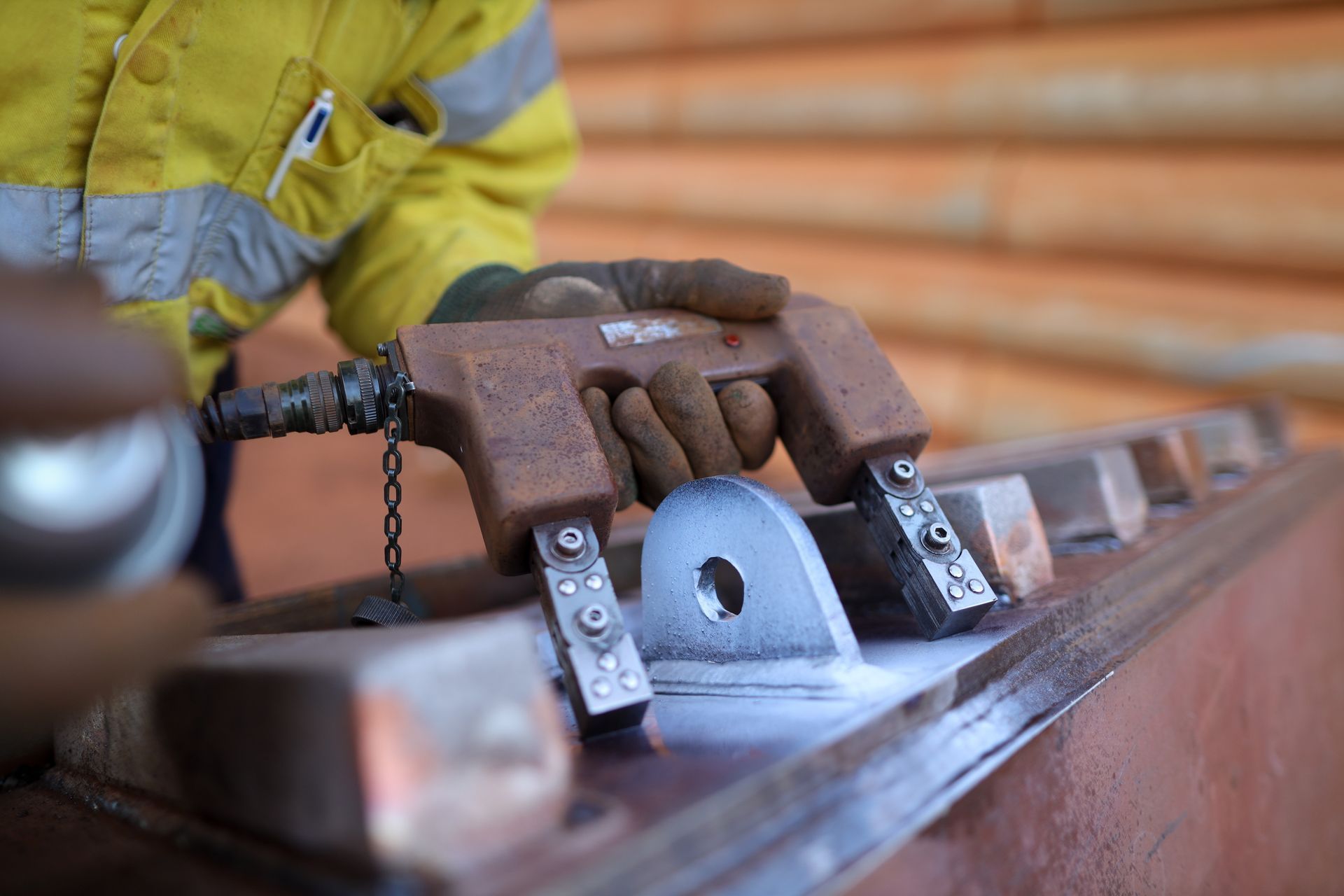Understanding Electromagnetic Induction
October 26, 2022
Electromagnetic induction is an inspection process of inducing electric currents, magnetic fields, or both inside a test object and observing the electromagnetic response. If the test is set up properly, a defect inside the test object creates a measurable response. The measurable response differs from the background noise and allows the tester to detect and characterize surface and sub-surface flaws in conductive materials. EM can detect cracks, measure material thickness and coating thickness, as well as provide conductivity measurements.
Electromagnetic induction is a highly effective and successful method at identifying flaws and defects underground that cannot be visible without digging. To avoid wasting time and resources digging, electromagnetic induction can be paired with other underground technology, such as
ground penetrating radar, to map out the ground underneath the surface to better understand the layout of the land. EM is best utilized in large lots, including fields and asphalt covered lots.
Below is a list of the advantages and disadvantages to electromagnetic induction:
- Portable equipment can be utilized on-site
- Faster than other methods – saving both time and money
- Can detect through several layers
- Little prep required
- Accurate measurements
- Immediate results
Disadvantages
- Susceptible to magnetic permeability changes
- Only effective on conductive materials
- Will not detect defects parallel to surface
- Limited depth of penetration
- Signal interpretation required
Despite these disadvantages, the technique of electromagnetic inspection is highly effective and successful at providing accurate results and measurements of the testing site. As long as the EM equipment is set up and conducted properly, the process of electromagnetic testing should be fairly smooth. Of course, this all depends on hiring a reputable and respected team of NDT professionals that’s experienced and knowledgeable about providing underground testing services.
Steel City NDT is a professional non-destructive testing company with experience and training in underground services such as borescope visual inspection, electromagnetic induction, ground penetrating radar,
leak detection, utility location, and more!
With
Steel City NDT, the EM equipment is great to use in unison with its other ground survey equipment. This technique uses a magnetic field which induces electrical currents into the ground. The current in the earth also produces a magnetic field. These currents, when working together, successfully aid us in things like metal detection, contaminant detection, groundwater investigations, ground penetrating radar mapping, precision agriculture, among many others. Steel City NDT works with you to smoothly carry out and successfully complete your project on time and within budget.
Call Steel City NDT today to discuss your project needs. Steel City NDT can design a plan that is catered to your budget, timeline, and other requirements so there are no surprises during the journey. With Steel City NDT, you’re in great hands!





